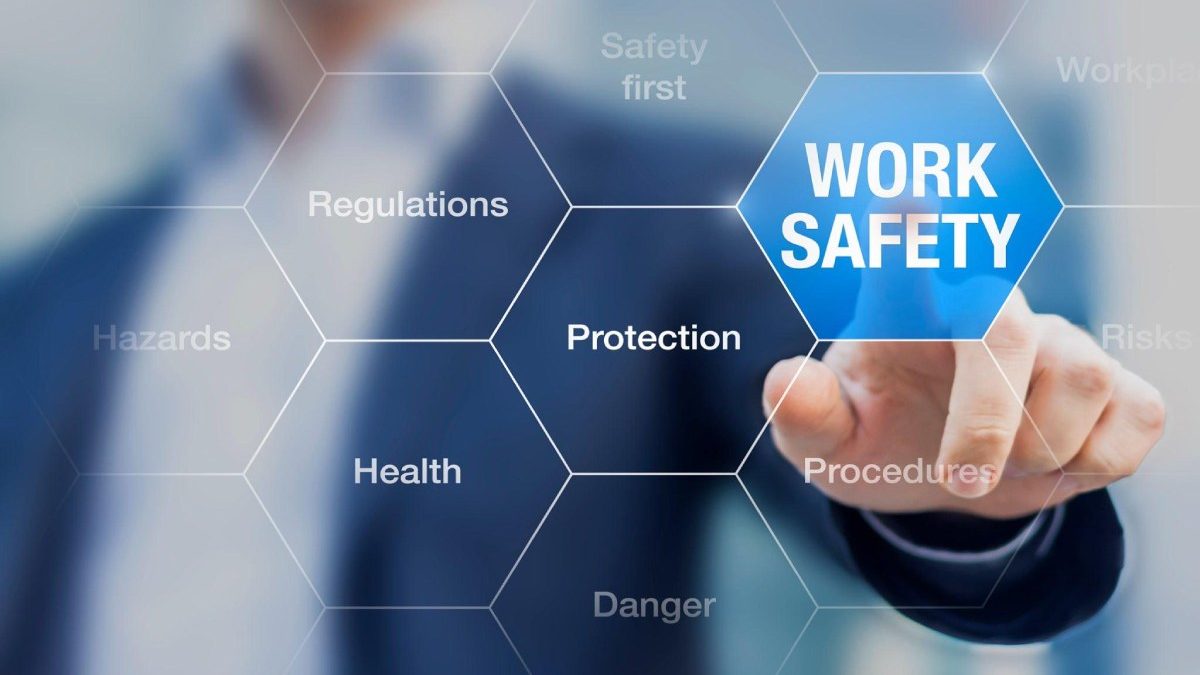Millions of accidents happen in workplaces around the globe, with few of the proportion getting remedies for the challenges. Still, compensation may not be enough because another person may lose their life or suffer permanent injuries due to work-related injuries. Therefore, it is critical to take all steps to improve workplace safety.
Although most organizations integrate technology to improve efficiency and profitability, it can help improve workplace safety. It is necessary to protect workers from safety hazards, aid with risk assessment, and provide threat updates.
Ways Technology Can Improve Workplace Safety
Organizations can benefit from having safety policies and procedures for their workers o follow. Apart from keeping the workforce healthy and safe, they avert costs on employee compensation for work-related injuries. The strategy will improve the work quality by identifying the risk factors and having a mitigation plan.
Keeping up with workforce safety is more manageable thanks to technology, as organizations can assess safety hazards, their occurrence, and their impact. Here are ways that digital transformation impacts safety in the work environment;
Better Communication
Nowadays, it is easier for workers to be aware of the dangers at the workplace using technology. They can access resources online, like the fire safety glossary, to learn the best practices in different work environments. Organizations can make safety information policies and procedures on a centralized database where all workers can access. A cloud-based system makes the information accessible remotely to utilize when out of the office.
On the other hand, in case of safety emergencies, technology makes it easy for the affected person to seek help as they can quickly callfor assistance using various devices. Organizations can access real-time information on risk factors to take necessary steps to prevent safety hazards from happening.
Risk Management
Organizations can use portable devices for risk management to ensure workplace safety. They can access information ona dashboard, making it easier to identify and mitigate dangers early enough. In addition, workers can take images or photos of sites for reporting and management after finding safety hazards.
Simulation
Unlike the traditional drills where employers had to put their workers in danger to train them on handling safety issues when they arise, the tasks are much more manageable with virtual and augmented reality. It allows organizations to simulate real-life situations in their safety training.
Employees can learn about repairing equipment virtually, reducing the need to bring everyone to one place to train them on the best practices for safety. Technology limits employees’ exposure to dangers.
Safety Investigations
Whenever you want to conduct a safety investigation at a dangerous site, technology can help without exposing a technician to the hazards. They can assess the situation using a drone to determine the problem and the best way to tackle it.
Elimination of Manual Tasks.
Lifting and moving heavy objects leads to injuriesthrough straining, which can devastate the affected. Robotics and automation are necessary for eliminating manual tasks that may pose safety risks to workers.


